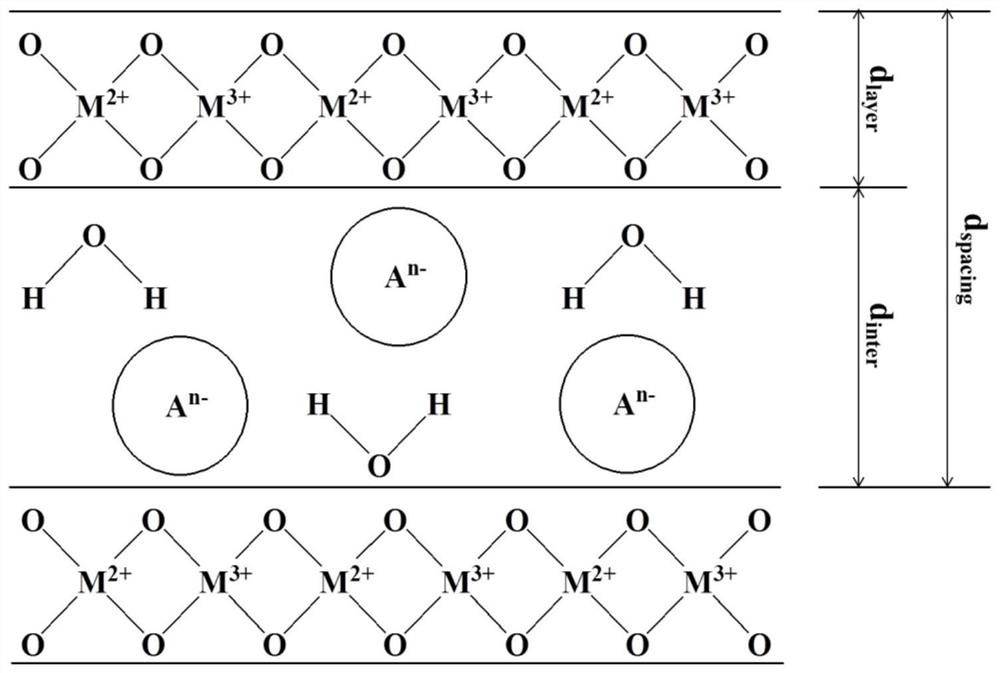Method for predicting interlayer spacing size mode of layered bimetal oxide through non-chemical experiment method
A bimetallic oxide and layered bimetallic technology, which is applied in chemical property prediction, neural learning methods, biological neural network models, etc., can solve problems such as long analysis period and complex analysis process, and achieve simple operation, simple method, low cost effect
- Summary
- Abstract
- Description
- Claims
- Application Information
AI Technical Summary
Problems solved by technology
Method used
Image
Examples
Embodiment 1
[0043] Embodiment 1: With the intermediate data as an independent variable and the size pattern of the layer spacing as the target variable, an artificial neural network is used to establish a recognition model for 33 layered double metal oxide layer spacing size patterns, and the accuracy of the model is shown in Table 4 .
[0044] Table 4 Modeling results
[0045]
Embodiment 2
[0046]Example 2: The results of the leave-one-out method for the recognition model of the interlayer spacing size patterns of 33 layered double metal oxides are shown in Table 5. Leave-one-out cross-validation assumes that there are N samples, each sample is used as a test sample, and the other N-1 samples are used as training samples. In this way, N classifiers and N test results are obtained. The average of these N results is used to measure the performance of the model.
[0047] Table 5 Leave-one-out results
[0048]
Embodiment 3
[0049] Example 3: Prediction results of 4 new layered double metal oxide interlayer spacing sizes. Substitute the atomic parameters of the four layered double metal oxides into the combined conversion equation to obtain intermediate data of a new layered double metal oxide, and substitute the intermediate data into the artificial neural network model to predict four new layered double metal oxide layers Spacing size mode. The intermediate data and forecast results are shown in Table 6.
[0050] Table 6 Intermediate data of forecast samples
[0051] serial number n a
PUM
 Login to View More
Login to View More Abstract
Description
Claims
Application Information
 Login to View More
Login to View More - Generate Ideas
- Intellectual Property
- Life Sciences
- Materials
- Tech Scout
- Unparalleled Data Quality
- Higher Quality Content
- 60% Fewer Hallucinations
Browse by: Latest US Patents, China's latest patents, Technical Efficacy Thesaurus, Application Domain, Technology Topic, Popular Technical Reports.
© 2025 PatSnap. All rights reserved.Legal|Privacy policy|Modern Slavery Act Transparency Statement|Sitemap|About US| Contact US: help@patsnap.com



